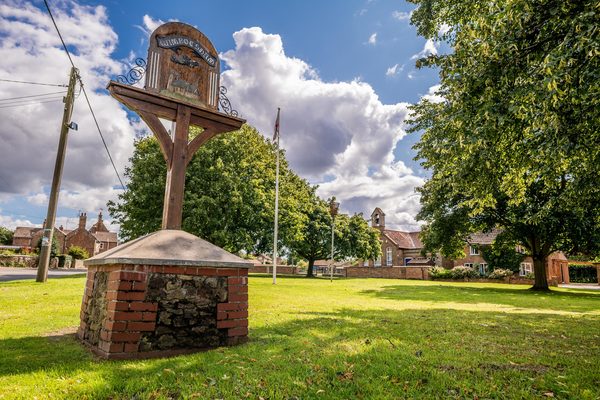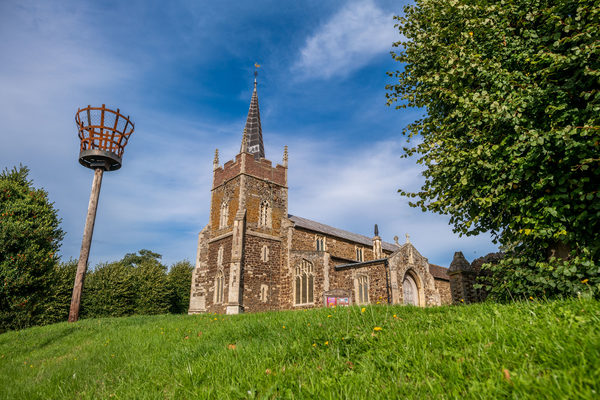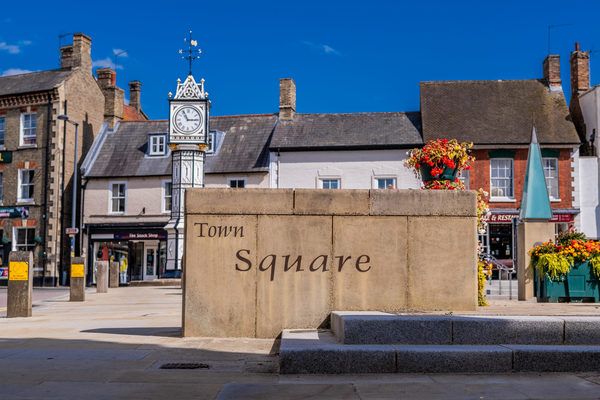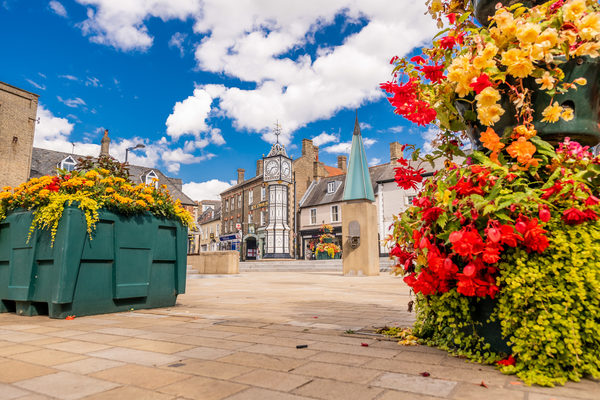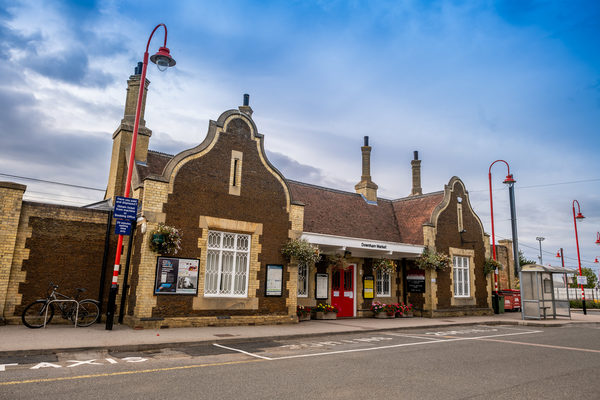At the time of the Domesday Book in 1085, Stowbridge did not exist, and the Great Ouse did not run through the area. It was largely marshy ground drained by a small river system seemingly referred to in the old documents as the Wiggenhall Eau that ran up through Wiggenhall Parish to Lynn and The Wash.
After massive flooding from inland water in the early 13th Century which washed away the nunnery such that they had to seek refuge at St Mary Magdalen. It was at this time that the Great Ouse came to run through this area after having breached the watershed near Denver. The nuns returned and refounded the institution, calling it the Priory of St John the Evangelist at Crabhouse - Crabhouse appearing to be the early name for the place. At this time, the first flood defences were built by the nuns and their staff to protect them from the river and floods from the South. The Southern defence still exists as the levee that runs from the bridge to West Head Farm.
As Crabhouse Priory grew in wealth and stature, a community developed outside its precinct on the southern side.
There would not have been a bridge here. That was to come later when the Hares of Stow Bardolph took possession of the lands to the south and west of the old Priory in the era after its Dissolution by Henry VIII's commissioners in 1537. After the bridge was built, the place was renamed Stowbridge.
St Peter's church was built of glazed terracotta blocks in 1908 and is a Grade II listed building. The church has a stained glass window to the memory of the James Adams (1839-1903), vicar of Stow from 1895 to 1902, who had held services in a schoolroom. The communion table was his portable altar, presented by his widow. The Norman font was transferred from Stow Bardolph after 50 years in the Vicarage garden.
